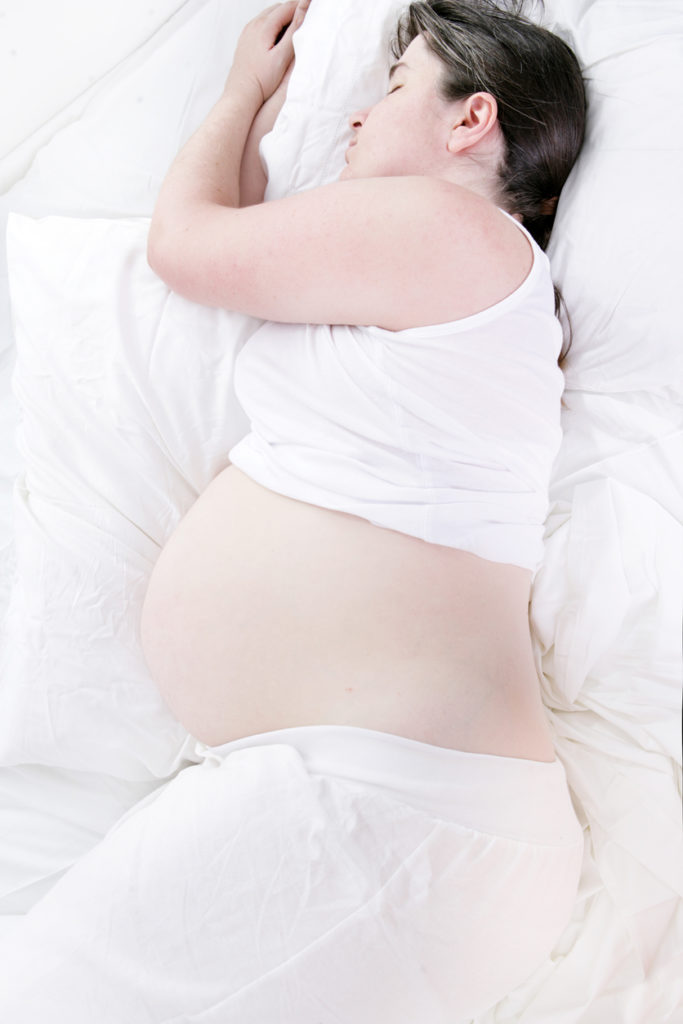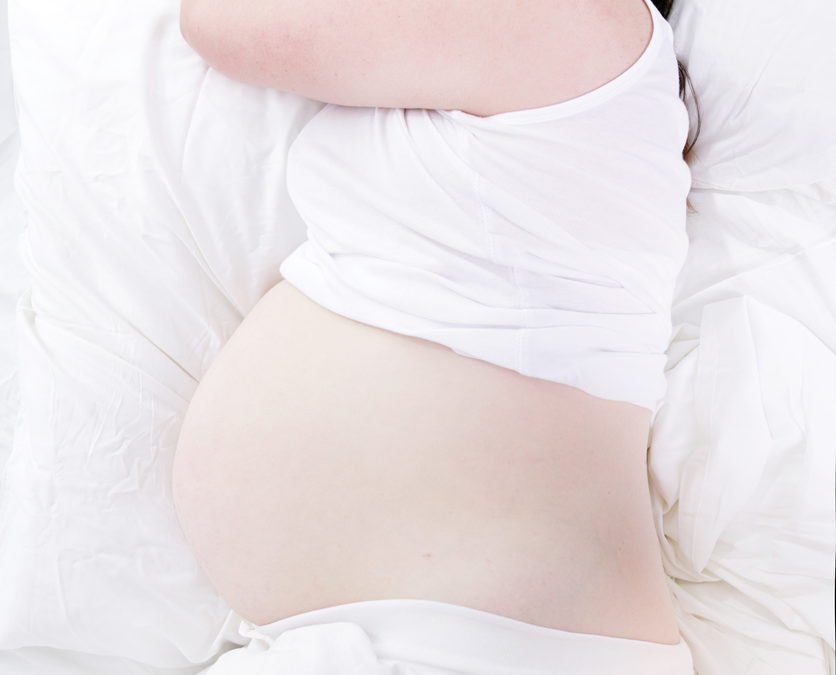Specific cushions for pregnancy massage come in all shapes, sizes and prices. Unfortunately I’ve seen the worst of them too often and have seen women uncomfortable and in compromising positions. So what are the best options?
To begin with, here is some brief anatomy. As the baby develops, the ligaments and fascia, which hold the uterus in place, adapt to the growing weight and size. Closer to the front, anchoring the sides of the uterus to the pubic facsial structures are the Round Ligaments. From the posterior sides are the Uterosacral Ligament (attached to the front of the sacrum) and Broad Ligaments.
They are designed to work optimally when the woman is in an upright, sitting or side lying position.

In a prone or face down position on a pregnancy cushion, the weight of the uterus and baby, especially towards the third trimester can cause excessive force on these ligaments leading to pain and discomfort. In a prone position, the Uterosacral Ligament can transfer a downward force on the sacrum, tilting it forward and placing more pressure on the lumbar spine. Additionally, if the woman is suffering from stiffness, sacro-pelvic instability, Round Ligament pain or an excessive anterior tilt of the pelvis, the wrong positioning or a badly designed and fitted pregnancy cushion may only add to the problem that the woman is being treated for.
Ideally, if you are using a prone pregnancy cushion on the massage table, it should extend the entire length of the table and support the entire body so that the head is not tilting downwards. The breast area should have an allowance to maintain good circulation, such as indentations or cups in the cushion or a sternum support, and the belly hole should be adjustable to the woman’s height and size.
The other option is side lying supported by either a body pillow or bolsters. I have also found this position to be beneficial to me and other therapists, as it does not put pressure on the baby between the table and the massage therapist’s hand or elbow. Women who suffer from lateral hip pain from side lying will find the prone position relieving. In side lying, the hips can be tilted forward with ample support under the upper leg to stop the internal rotation and abduction of the upper leg in order to avoid strain on the gluteal muscles and iliotibial band. This position is also ideal for treating.

